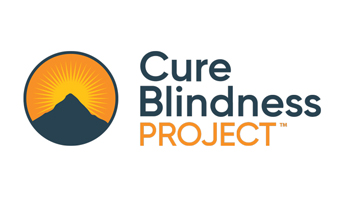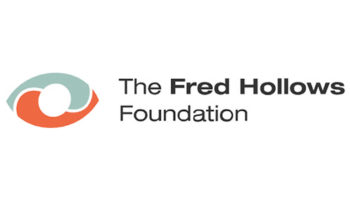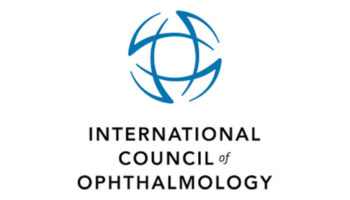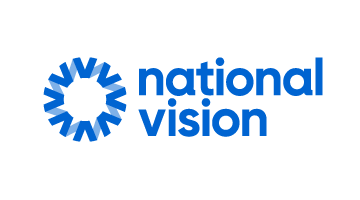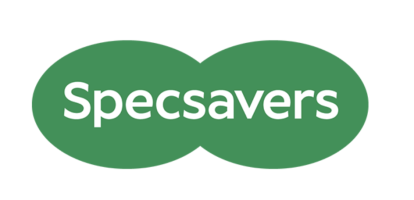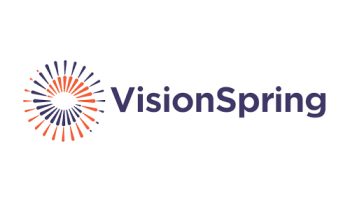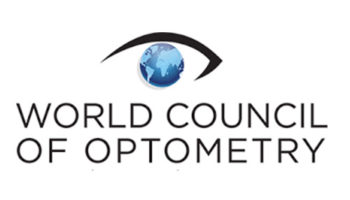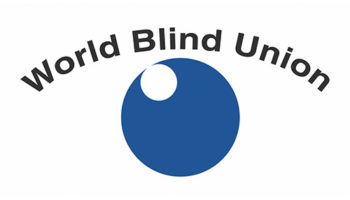- Holden BA, Fricke TR, Wilson DA, et al. Global Prevalence of Myopia and High Myopia and Temporal Trends from 2000 through 2050. Ophthalmology 2016;123:1036–42. doi:10.1016/j.ophtha.2016.01.006
- Castagno VD, Fassa AG, Carret MLV, et al. Hyperopia: A meta-analysis of prevalence and a review of associated factors among school-aged children. BMC Ophthalmology 2014;14. doi:10.1186/1471-2415-14-163
- Bourne R, Steinmetz JD, Flaxman S, et al. Trends in prevalence of blindness and distance and near vision impairment over 30 years: an analysis for the Global Burden of Disease Study. The Lancet Global Health Published Online First: 5 January 2021. doi:10.1016/S2214-109X(20)30425-3
- Burton MJ, Ramke J, Marques AP, Bourne RRA, Congdon N, Jones I, et al. The Lancet Global Health Commission on Global Eye Health: vision beyond 2020 [Supplementary appendix 1]. The Lancet Global Health. 2021 Apr;9(4):e489–551.
- Burton MJ, Ramke J, Marques AP, Bourne RRA, Congdon N, Jones I, et al. The Lancet Global Health Commission on Global Eye Health: vision beyond 2020. The Lancet Global Health. 2021 Apr;9(4):e489–551.
- Gilbert C, Bowman R, Malik AN. The epidemiology of blindness in children: changing priorities. Community Eye Health. 2017;30(100):74.
- Xu, L. et al. COVID-19 Quarantine Reveals Behavioral Changes Effect on Myopia Progression. Ophthalmology (2021) doi:10.1016/j.ophtha.2021.04.001.
- Sankaridurg P, Tahhan N, Kandel H, Naduvilath T, Zou H, Frick KD, et al. IMI Impact of Myopia. Investigative Ophthalmology & Visual Science. 2021 Apr 28;62(5):2.
- Grzybowski A, Kanclerz P, Tsubota K, Lanca C, Saw SM. A review on the epidemiology of myopia in school children worldwide. BMC ophthalmology. 2020 Dec;20(1):1-1.
- National Academies of Sciences, Engineering, and Medicine; Health and Medicine Division; Board on Population Health and Public Health Practice; Committee on Public Health Approaches to Reduce Vision loss and Promote Eye Health; Welp A, Woodbury RB, McCoy MA, et al., editors.
Washington (DC): National Academies Press (US); 2016 Sep 15. https://www.ncbi.nlm.nih.gov/books/NBK402367/ - https://www.who.int/news-room/fact-sheets/detail/blindness-and-visual-impairment
- Glewwe P, West KL, Lee J. The Impact of Providing Vision Screening and Free Eyeglasses on Academic Outcomes: Evidence from a Randomized Trial in Title I Elementary Schools in Florida. J Policy Analysis Manage. 2018;37(2):265–300.
- Glewwe P, Park A, Zhao M. A better vision for development: Eyeglasses and academic performance in rural primary schools in China. Journal of Development of Economics. 2016 Sep 1;122:170–82.
- Hannum E, Zhang Y. Poverty and Proximate Barriers to Learning: Vision Deficiencies, Vision Correction and Educational Outcomes in Rural Northwest China. World Dev. 2012 Sep 1;40(9):1921–31.
- Ma X, Zhou Z, Yi H, Pang X, Shi Y, Chen Q, et al. Effect of providing free glasses on children’s educational outcomes in China: cluster randomized controlled trial. BMJ. 2014 Sep 23;349:g5740.
- Ma Y, Congdon N, Shi Y, Hogg R, Medina A, Boswell M, et al. Effect of a Local Vision Care Center on Eyeglasses Use and School Performance in Rural China: A Cluster Randomized Clinical Trial. JAMA Ophthalmol. 2018 Jul 1;136(7):731–7.
- Burton MJ, Ramke J, Marques AP, Bourne RRA, Congdon N, Jones I, et al. The Lancet Global Health Commission on Global Eye Health: vision beyond 2020. The Lancet Global Health. 2021 Apr;9(4):e489–551.
- Kuper H, Dok AM, Wing K, Danquah L, Evans J, Zuurmond M, et al. The Impact of Disability on the Lives of Children; Cross-Sectional Data Including 8,900 Children with Disabilities and 898,834 Children without Disabilities across 30 Countries. PLOS ONE. 2014 Sep 9;9(9):e107300.
Join the Leading Global Eye Health Alliance.
Membership
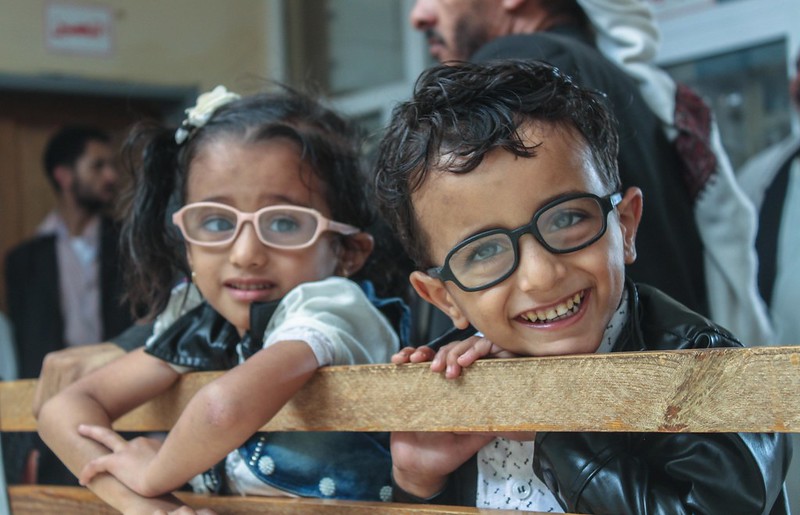
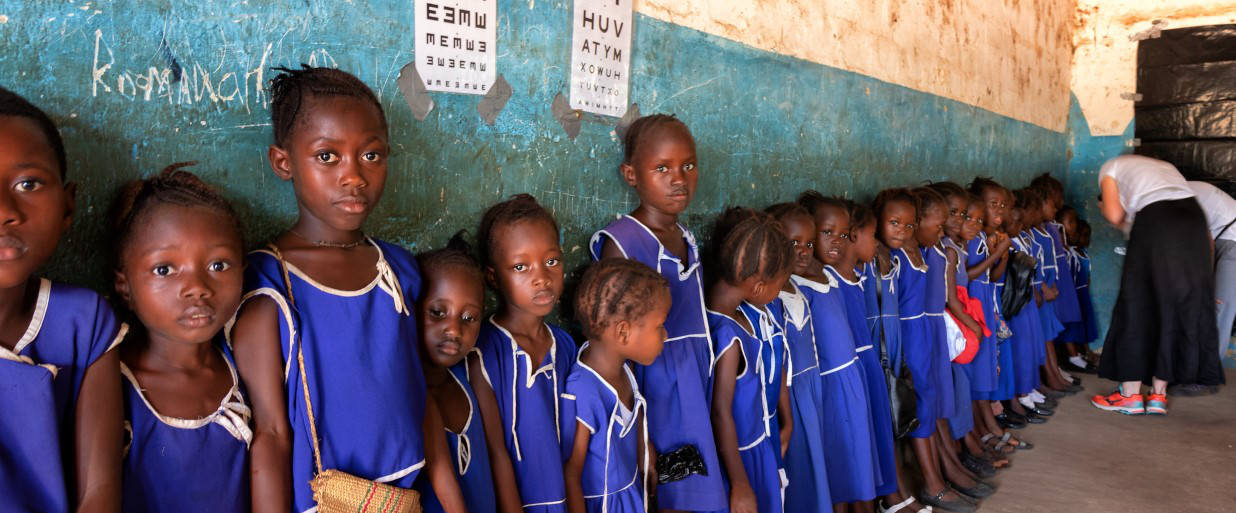
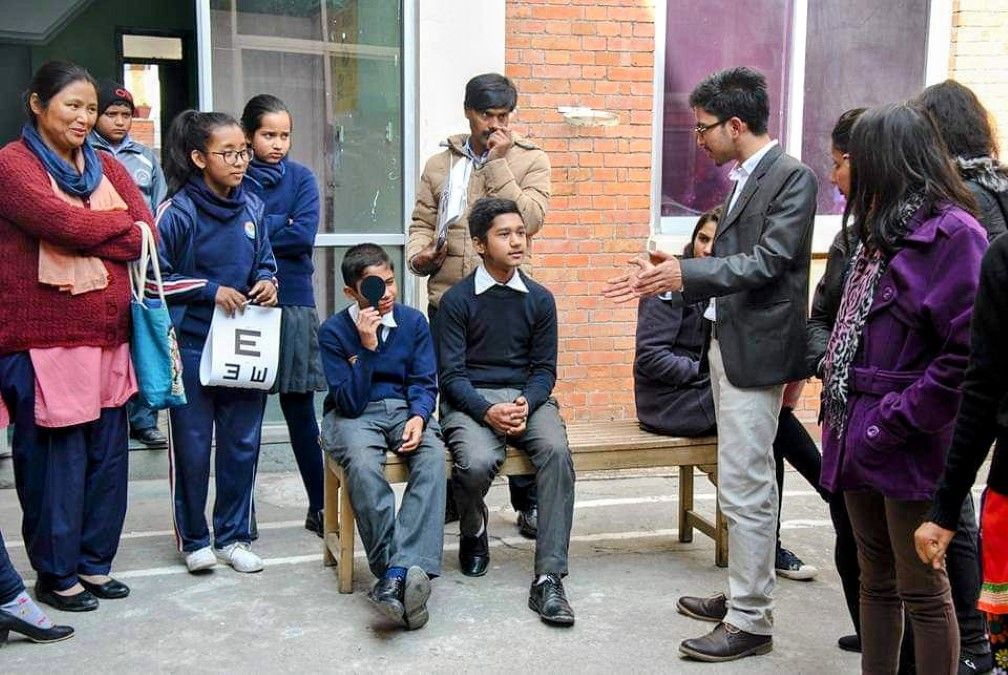 There are several positive examples across the world from diverse settings that could guide our approaches to reducing unnecessary vision loss among our children.
There are several positive examples across the world from diverse settings that could guide our approaches to reducing unnecessary vision loss among our children.






